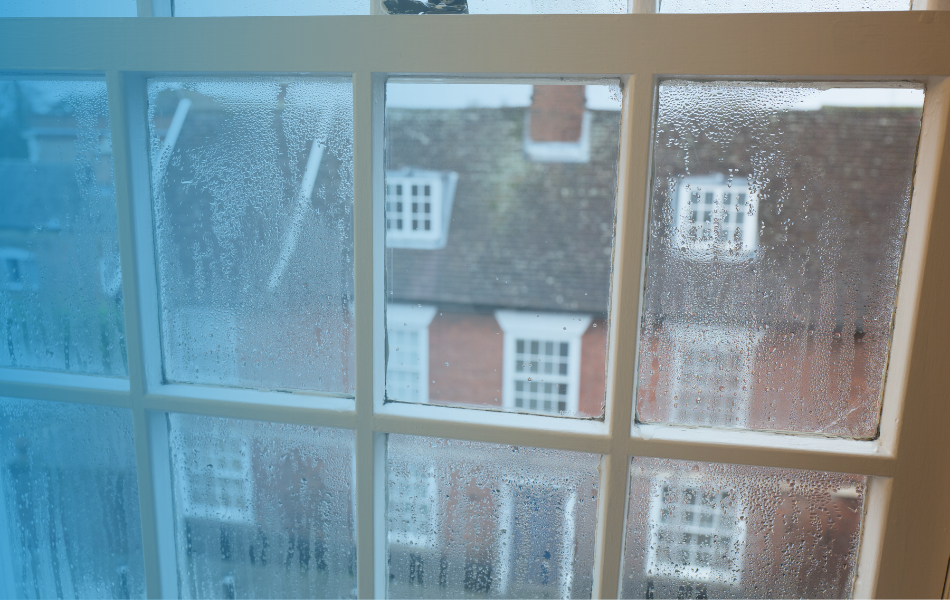June sat at her desk, staring out the window grateful that the week was almost over. She was looking forward to getting home putting her feet up and watching the latest episode of The Apprentice after a long week. Hoping the greying wisps of cloud wouldn’t pelt her with rain later as she walked from the bus stop. Her phone rings, it’s a number she doesn’t recognise. “Hello…”. It’s a call from her landlord, a well-known local housing association. Apparently a neighbour has reported a leak from her apartment and they need urgent access.
June gives them permission to enter. They have a key. She says she’ll be home by 5:30. She feels the anxiety rise gripping her chest. Has a pipe burst? Is she going to come home to a flooded bathroom? She shifts her packed lunch around with her wooden fork, unable to swallow a bite. As she gets back to her desk her phone rings again. It’s the landlord, they have bad news. Sewage from the 12 flats above has leaked into her ground floor apartment. They promised to send a cleaning crew and suggested she stay somewhere else tonight as it’s a health risk. No offers or suggestions of where to stay were offered. June needed to see the damage for herself. After work she went home, stepping up tentatively to her door. As she entered the smell hit her straight away. It was clear no cleaning crew had been there, despite the landlord saying they would attend the same day. That night she went to stay with her mother.
Sadly the incident took over a year to resolve, even though this clearly was an emergency. Both in terms of the housing health and safety rating system (HHSRS) guidelines, and the landlords own policies. June complained about there being no offer of temporary accommodation and a failure to clean the apartment. In its initial response, 2 months later, the landlord apologised for their tardy response and blamed June for not providing access to the apartment. Notably the Landlord and Tenant Act allows the landlord to take proportionate action to gain access when the repair is an emergency. June escalated her complaint, asking for compensation for her ruined furniture and to be given housing options. This time the landlords response took almost 7 months to come. They again apologised, blamed June for not providing access to contractors and said a Housing Officer would contact her about housing alternatives. June took the complaint to the Ombudsmen. The Ombudsmen found severe maladministration on the landlord’s part, finding that they had breached the law, regulations and their own policies. The landlord was ordered to write a formal apology to June. Additionally they had to directly pay her £2,000, clean the property, and contact June with information on housing options and support services.
In this case names have been changed, and the story has been fictionalised. But it describes a very real case concluded earlier this year. Failure by some landlords to promptly and properly deal with serious safety hazards across the country has had a long-lasting effect on many residents physical and mental health. As well as their financial stability. On 27 October, ‘Awaab’s Law’ comes into effect for the social housing sector in England and Wales. The same obligations will be extended to the private rented sector from 2026. Named after a Awaab Ishak, a young child who sadly succumbed to respiratory illness after another landlord failed to respond to repeated reports of severe damp and mould. But what will the impact of this legislation be?

Initially the law will only cover damp and mould issues. In 2026 the scope will grow to cover other hazards, such as sanitation, structural safety, domestic hygiene and excess cold or heat. In 2027 this will be extended further to cover all other HHSRS hazards except overcrowding. The law includes strict timelines:
- Immediate investigation of potential emergencies which, if confirmed, must be completed within 24 hours
- 10 working days for investigation of significant hazards
- 3 working days for written findings to be sent to the tenant after the investigation is concluded
- 5 working days to carry out work to remedy a significant hazard
- 5 working days ideally, but no longer than 12 weeks, to begin works to prevent recurrence of the significant hazard
All works must be completed satisfactorily within a reasonable period. If hazards can’t be resolved within the stipulated timeframe, suitable alternative housing must be provided to the resident at the landlords expense. If the landlord is in breach of these provisions, they could face fines as well as compensation claims and enforcement through the Ombudsmen and courts.
At this stage landlords should have the procedures in place to react quickly to resident complaints and serious hazards. Complaints could be raised in various ways. Residents could directly contact the landlord through their tenant portal, call centre or housing officer. Hazards could also be raised by an operative during a visit, such as a gas check or routine repairs. Landlords will need to make sure surveyors or operatives are properly trained on how to identify and report significant hazards. Properly recording and tracking the condition of properties is also essential to see where investment is needed to keep ahead of potential issues.
To truly provide safe and healthy homes, the Ombudsmen also emphasised that we need to see a cultural change in the sector. Residents need to be treated with respect and dignity, as people not just tenants. Most readers were probably horrified when reading June’s story and were sympathetic to her plight. By helping repair takers to see residents through this lens, we to help improve communication and ensure a more prompt and proactive approach.
